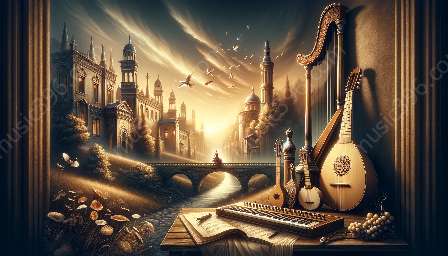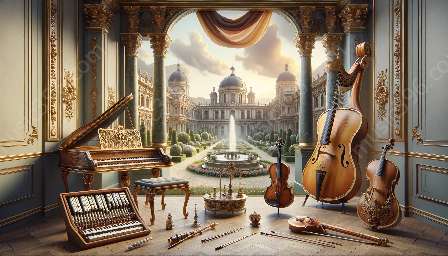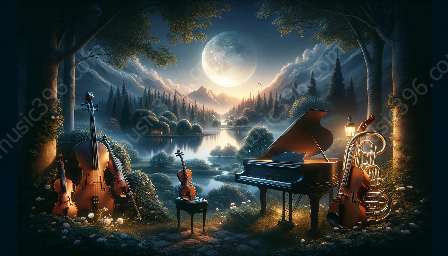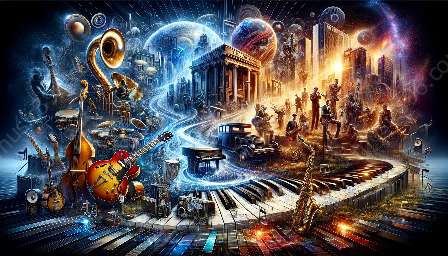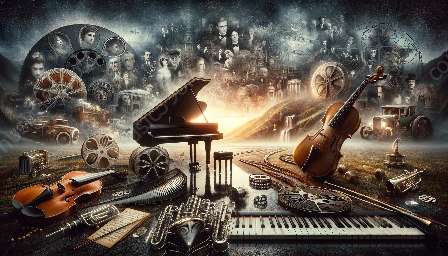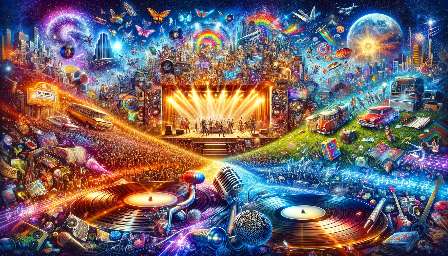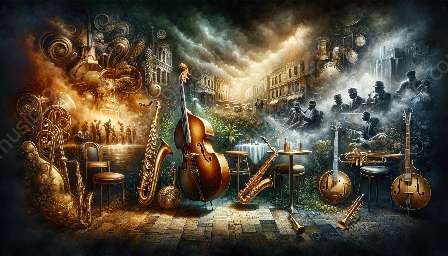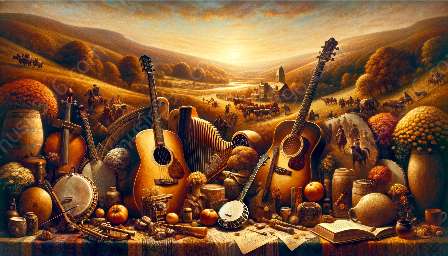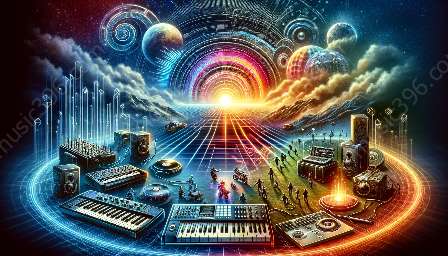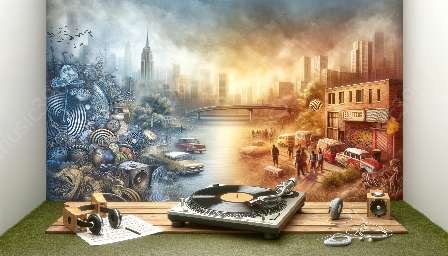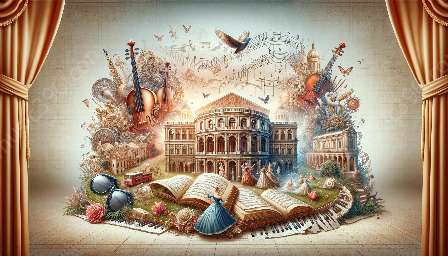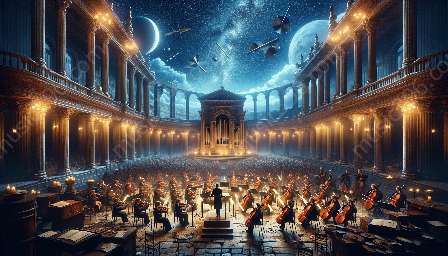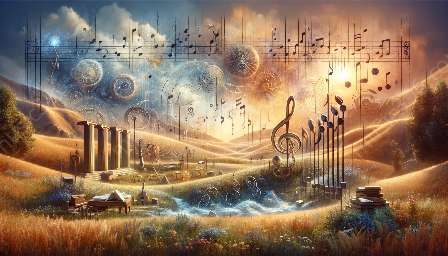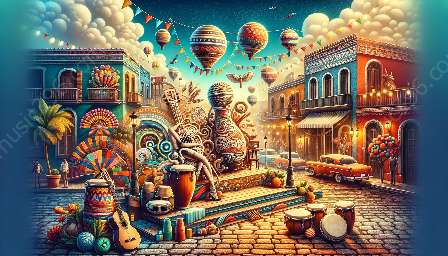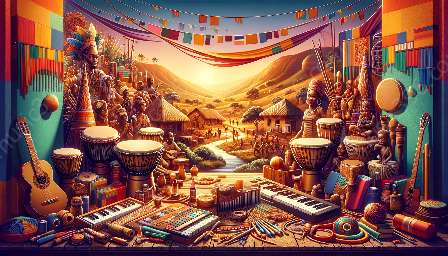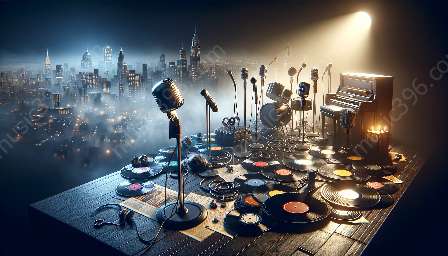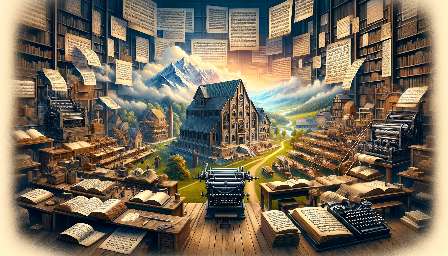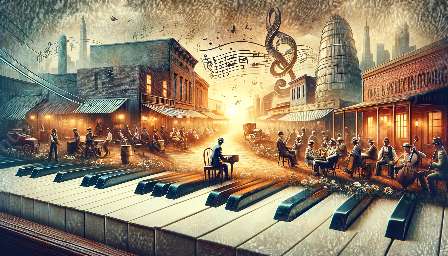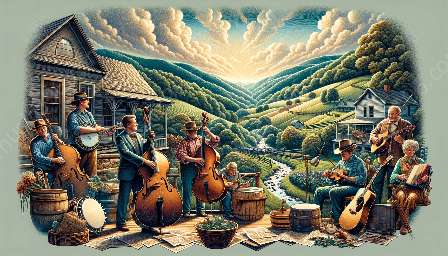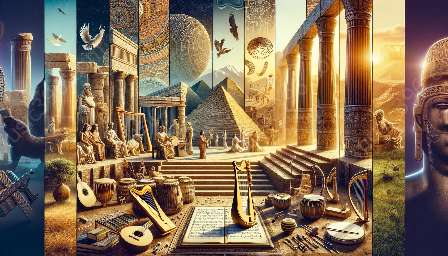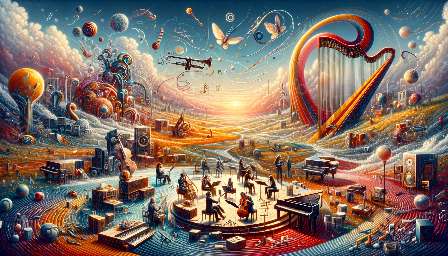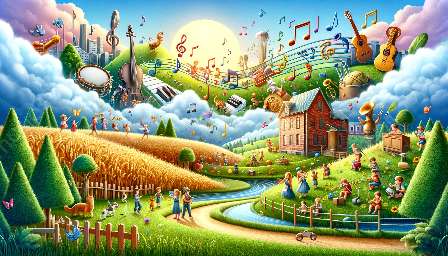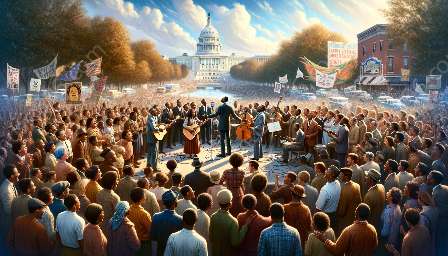The Baroque era was a pivotal period in the history of opera, leading to significant changes in the art form that continue to influence opera music history. During this time, opera underwent a transformation in its musical and dramatic elements, laying the foundation for the operatic traditions that followed.
Origins of Opera
Before delving into the changes that occurred during the Baroque era, it is essential to understand the origins of opera. The art form emerged in Italy during the late 16th century, combining music, drama, and visual arts to create a complete theatrical experience. The early operas were influenced by the ancient Greek tragedies and sought to depict human emotions and stories through a fusion of the performing arts.
Initially, opera performances were staged in intimate settings, often in the houses of patrons or at court gatherings. However, as the popularity of opera grew, larger theaters were constructed to accommodate the expanding audiences.
Development of Opera in the Baroque Era
The Baroque era, spanning from the early 17th century to the mid-18th century, was a period of immense creativity and innovation in the world of opera. One of the most significant changes during this time was the establishment of opera as a distinct and independent art form. Composers, librettists, and set designers worked together to create elaborate productions that captivated audiences with their grandeur and emotional depth.
One of the defining features of Baroque opera was the introduction of the recitative and aria as primary musical forms. The recitative, characterized by its speech-like delivery, served as a vehicle for advancing the plot and conveying the characters' thoughts and emotions. In contrast, the aria provided an opportunity for soloists to showcase their vocal prowess and express the innermost feelings of the characters through melodic and lyrical passages.
Furthermore, the Baroque era witnessed the emergence of the opera seria and opera buffa. Opera seria, or serious opera, focused on heroic and tragic themes, often drawn from ancient history or mythology. This genre emphasized virtuosic singing and showcased the talents of the leading castrati and prima donnas of the time. On the other hand, opera buffa, or comic opera, presented lighthearted and humorous narratives, featuring ensembles and comic situations that delighted audiences with their wit and musical inventiveness.
Instrumentation and Orchestral Innovations
Another notable development in Baroque opera was the evolution of instrumental music within the genre. Composers began to explore the potential of orchestral music to heighten the dramatic impact of opera. They expanded the size and scope of the orchestra, incorporating a diverse range of instruments such as strings, woodwinds, brass, and continuo instruments like harpsichord and organ, to create rich and expressive musical textures.
Additionally, the invention of new musical forms, such as the sinfonia and the overture, played a crucial role in setting the mood and tone of the operatic productions. These instrumental preludes not only provided an introduction to the dramatic narrative but also showcased the composer's mastery in orchestration and thematic development.
Theatrical Innovations and Stagecraft
Opera productions in the Baroque era also experienced significant advancements in stagecraft and theatrical effects. The use of elaborate sets, machinery, and lighting techniques transformed the opera house into a realm of visual splendor, transporting audiences to mythical realms, historical palaces, and otherworldly landscapes.
The introduction of stage machinery, including revolving platforms, trapdoors, and flying systems, allowed for the creation of spectacular illusions and scenic transformations, enhancing the magical and enchanting aspects of opera performances. Furthermore, the use of costumes and makeup became more intricate and symbolic, portraying the characters with heightened dramatic impact.
Influence on Music History
The changes that took place during the Baroque era left a lasting impact on the history of opera and music in general. The innovations in vocal and instrumental music, dramatic storytelling, and stagecraft became foundational elements that shaped subsequent developments in opera. The operatic conventions established during this period continued to evolve and adapt, leading to diverse forms of opera in later centuries.
Furthermore, the Baroque opera repertoire, with its rich and diverse compositions, remains an essential part of the classical music canon. Works by renowned composers such as Claudio Monteverdi, Antonio Vivaldi, George Frideric Handel, and Jean-Baptiste Lully continue to be performed and celebrated, showcasing the enduring legacy of Baroque opera and its contributions to the history of music.
Conclusion
The Baroque era was a transformative age for opera, marked by a convergence of artistic, musical, and theatrical innovations that redefined the genre. The evolution of opera during this period not only expanded the boundaries of artistic expression but also paved the way for the development of new operatic traditions in subsequent centuries. By understanding the changes that occurred in Baroque opera, we gain insight into the rich tapestry of musical history and the enduring influence of this remarkable period.


